I am a bit confused about how tuples are executed in python especially with conditional statements. Here is the code
one = 1
two = 2
three = 3
four = 4
five = 5
six = 6
if (one, two, three) < (four, one, six):
print("Bilal rashid 123")
else:
print("rashid")
I think the overall output should be False but instead it is true. Below is a picture of what statments I think should be true:
Can someone please explain how this execution works?